I consider myself a modest expert on the Greek islands, as I have visited a few of them. In Lefkada, I was attracted by the enchanting blue waters and the long sandy beaches, many of which are under high cliffs. Lefkada's beaches are among the most beautiful in Europe and some of them are the most beautiful in the world. The most beautiful beaches are those on the western side of the island, but unfortunately they are also the most difficult to reach. This was my second visit to the island, not only because of the breathtaking beaches and sea, but also because it is home to excellent Greek cuisine, as of course everywhere else in Greece.
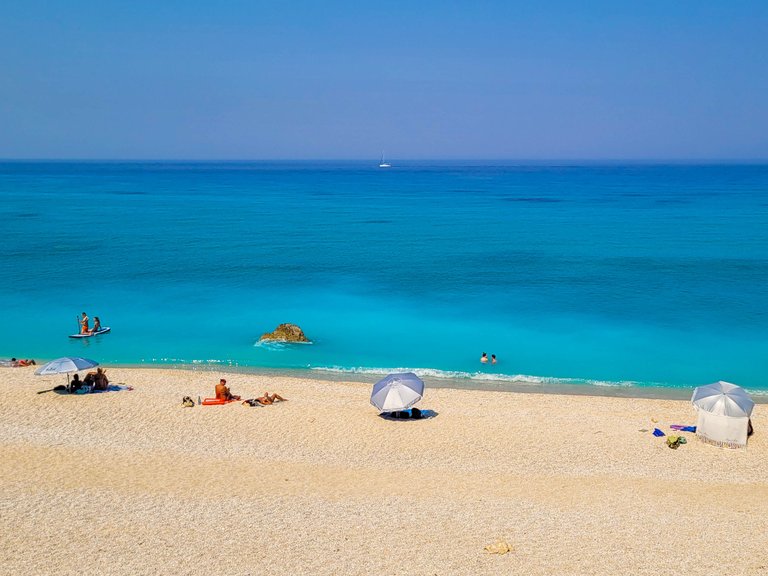
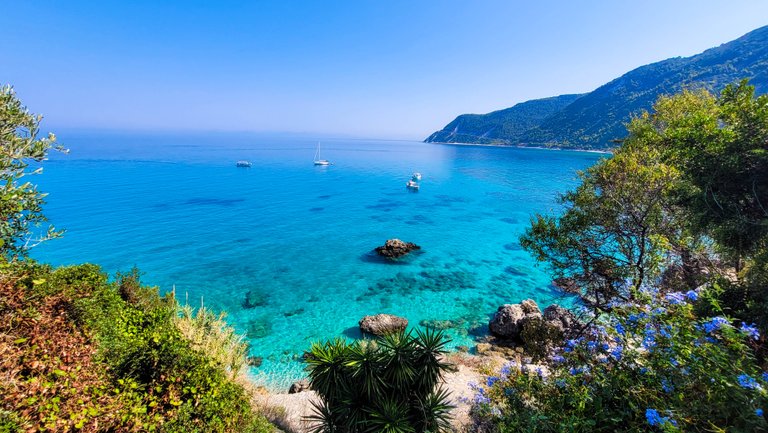
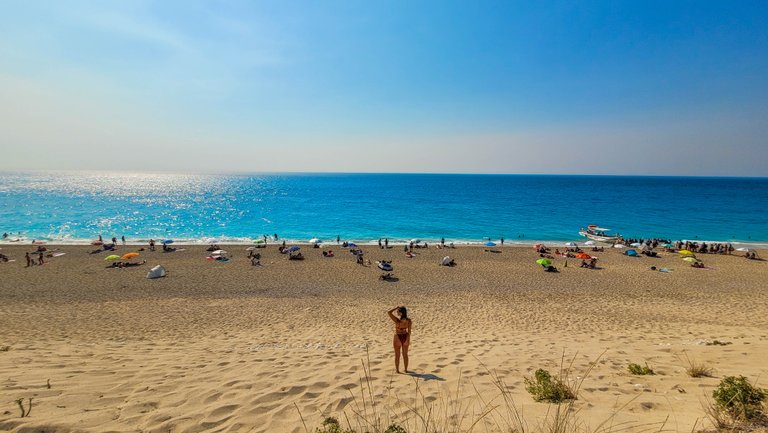
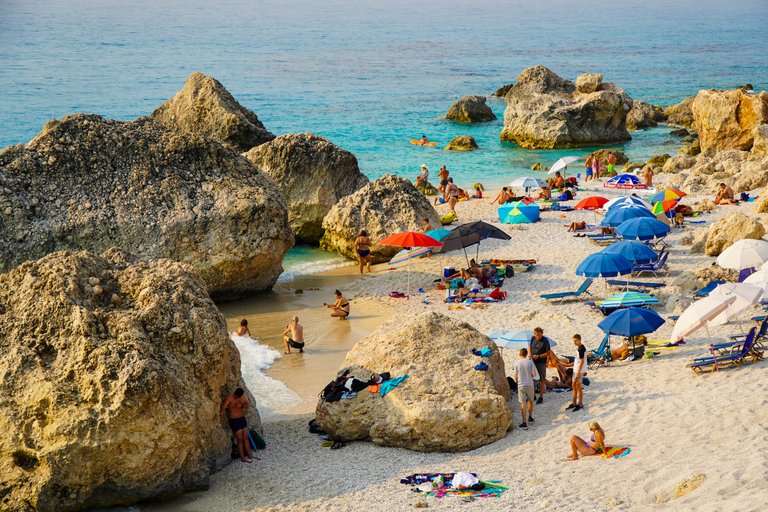
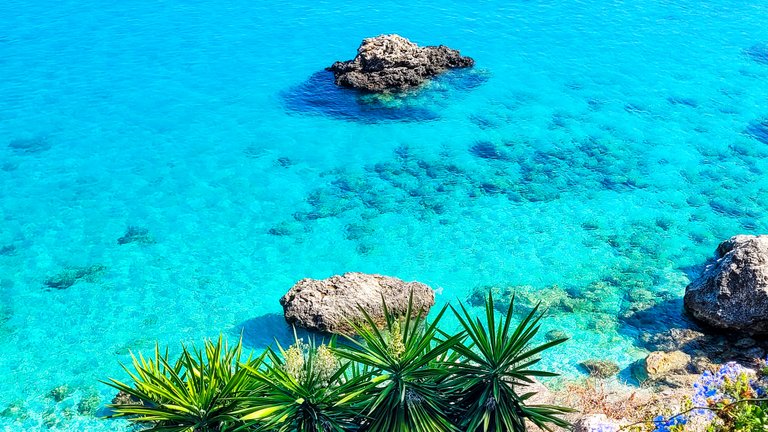
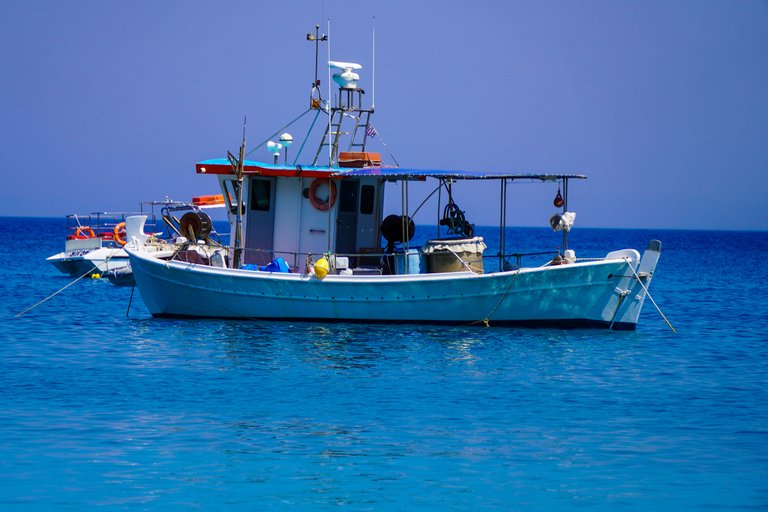
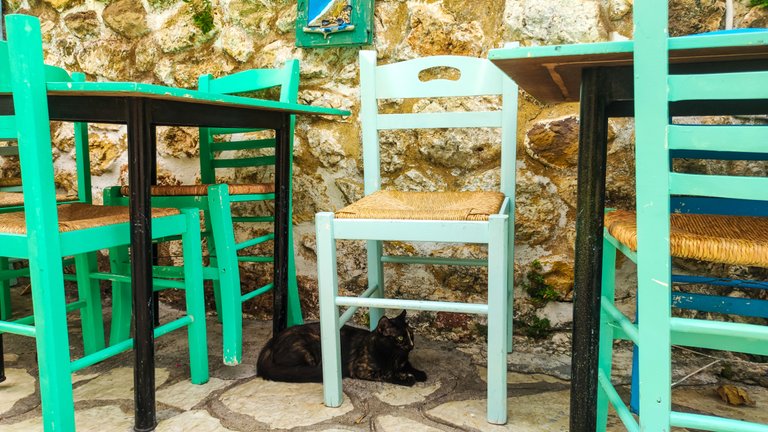
Lefkada is part of the Ionian Islands, situated in the south-western part of Greece. It lies between the Corfu Island on the north and the Kefalonia Island on the south. It is a pretty small island (total of 330 km2), and, in theory, driving from north to south takes one hour to one hour and a half, but in high season the traffic is quite heavy and some of the roads are very narrow, so it takes a little longer.
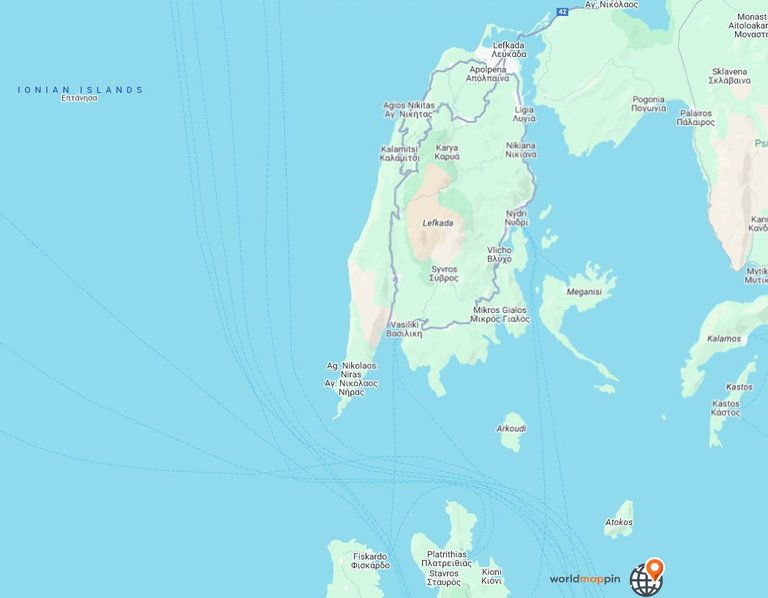
Lefkada Island is very close to the main land (there is only a 2 km wide sea line between the island and the main land) and connected to it with an embarkment and bridge. The island is rather hilly, especially the central and western parts. The highest peak is Stavrota (1158 meters).
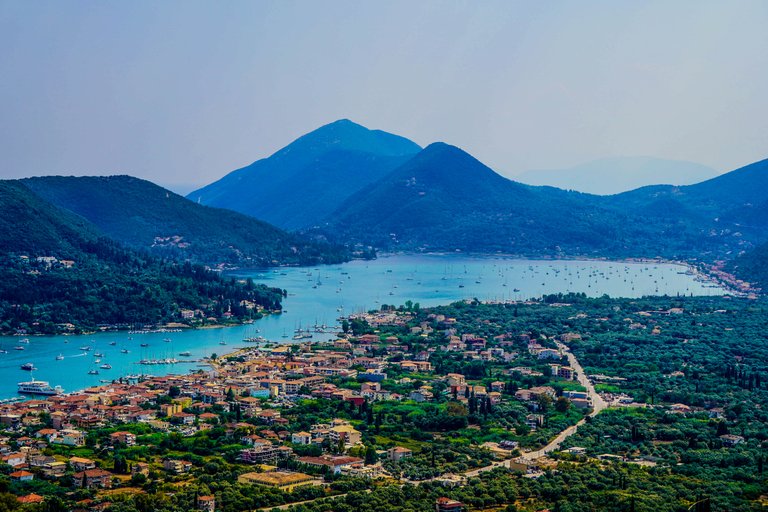
Even being a relatively small island, it has numerous gorgeous beaches. Its 117 kilometres of coastal circular route offer so many stunning views and, above all, 62 amazing beaches, so you can choose a different place to swim every day. There is some difference between the western and eastern parts of the island. It is in the western part where you will find the long white sand beaches with a vivid blue sea. Many of those beaches will be just below a high cliff.
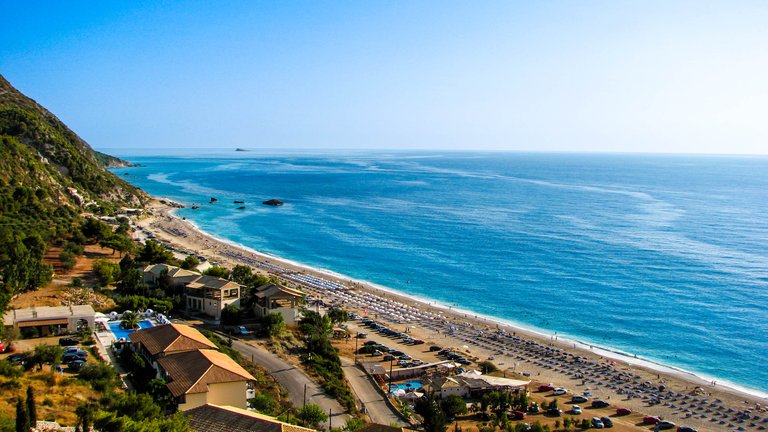
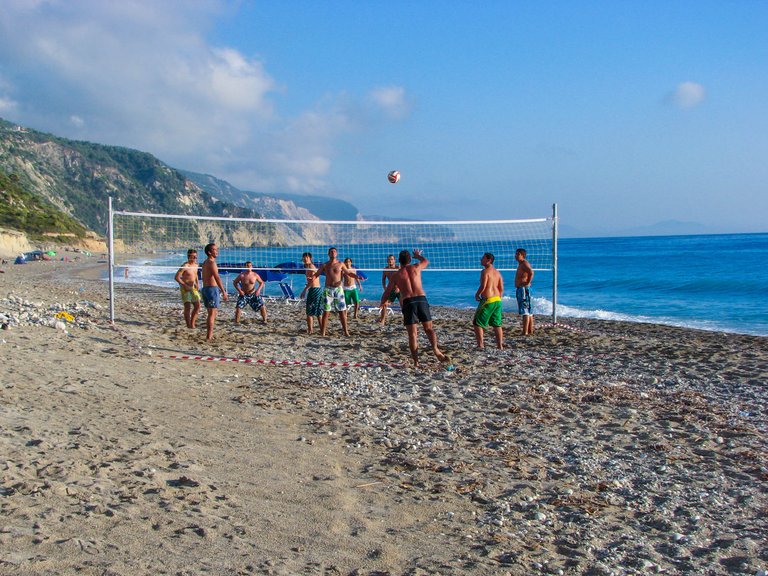
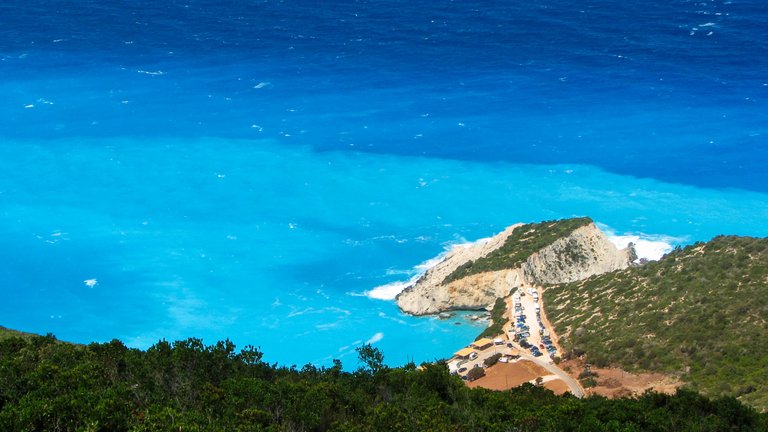
Being on the island for the second time, we already had “a list of our preferred beaches,” and we mainly spent the days on those ones. We do prefer beaches that are less touristy and calmer, and that is why our loved location was the Avali Beach.
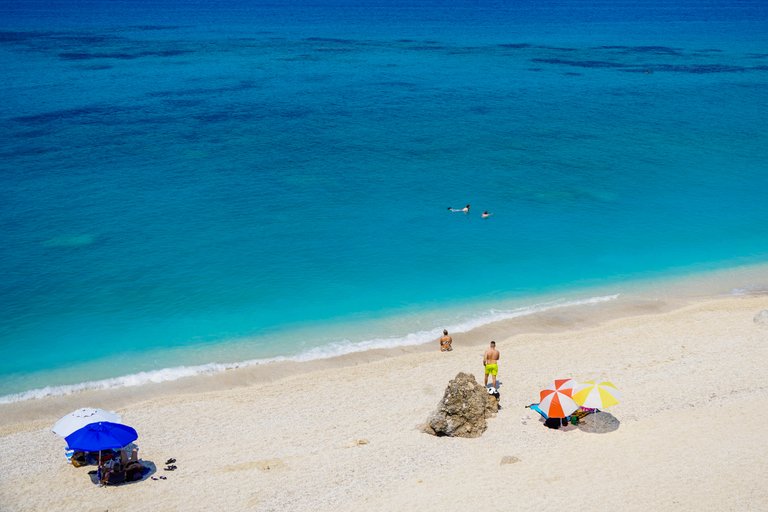
At this point I have to spend a word on the access to the beaches and roads in general. It could be that I’m just getting older and more sensitive to certain things than 15 years ago, but I found some of the roads leading to the beaches in very poor condition. The same was with the road to Avali Beach. It is very steep, but the main problem is that the asphalt is poorly maintained, and there are many big holes all the way to the beach. Some parts of the road are very narrow, and with the bad asphalt conditions, it is practically impossible for two cars to meet. I think that my wife had her eyes closed all the way down (and up), and she was strongly hoping that we would not meet a car. But this is also a part of the Greek symphony that you simply must experience 🙃
It will take a long time before cars with self-driving AI algorithms will understand a herd of goats in the middle of a curve, or a half-century-old pickup with a broken indicator speeding down the road and carrying a tonne of watermelons in the load compartment 🤣
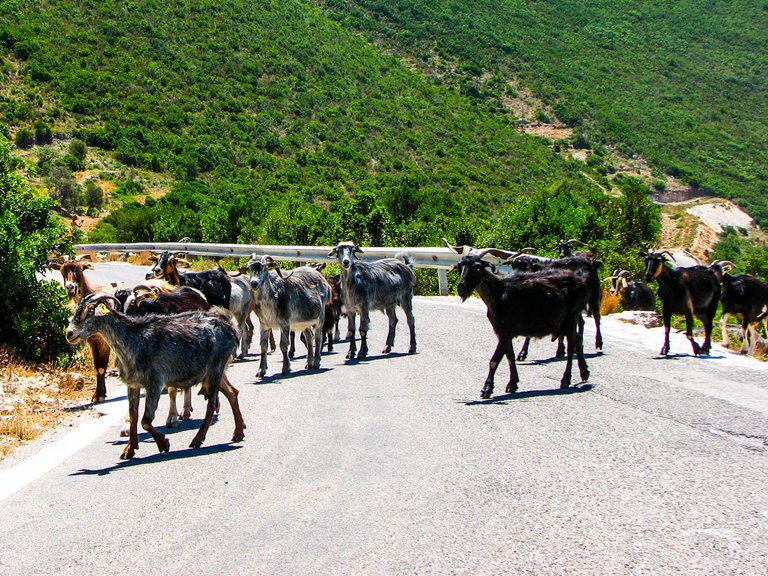
But when we arrived to the beach and parked the car (by the way, the only “problem-less” parking was the one on private, payable parking slots), we were amazed by the stunning beach, and we forgot about the difficult access. The white pebbled beach with turquoise water is amazing and you can easily spend there a whole day, but just don’t forget to bring your sun umbrella since there is no natural shadow (as on all beaches on the western part of the island). If I’m not wrong, the beach has only 2 bars, and maybe the luck of tourist facilities is also one of the reasons why it is not so crowded. On top, it is a very long beach, so you can easily find a place just for yourself.
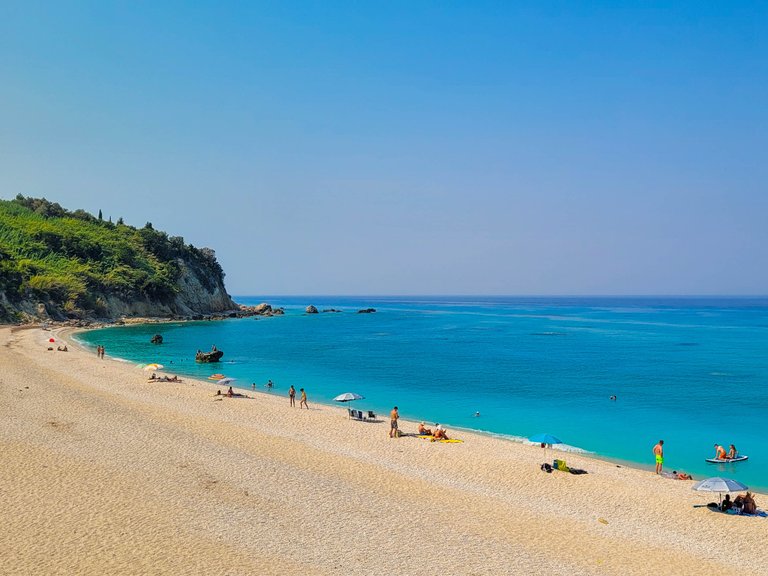
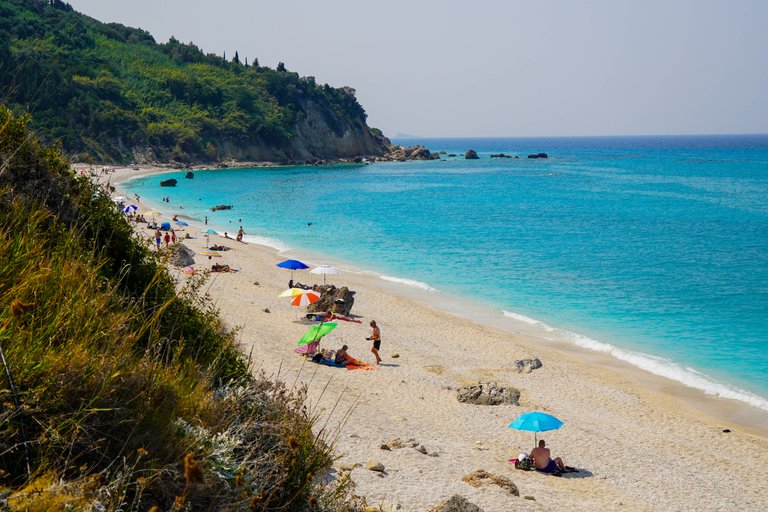
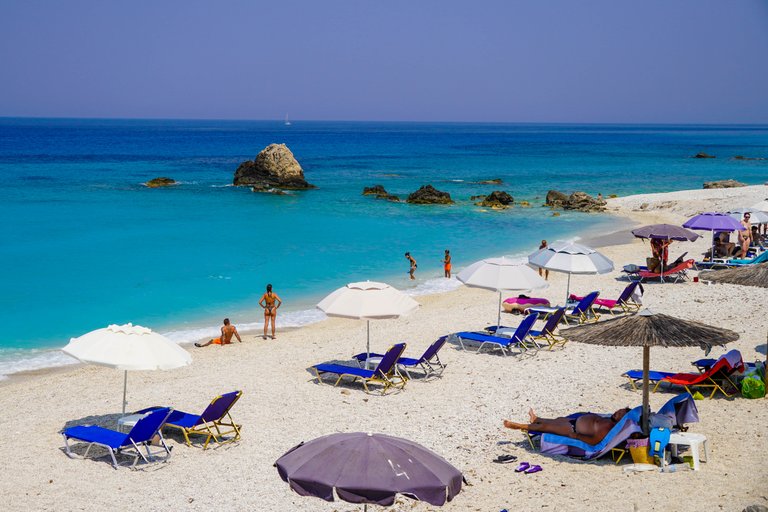


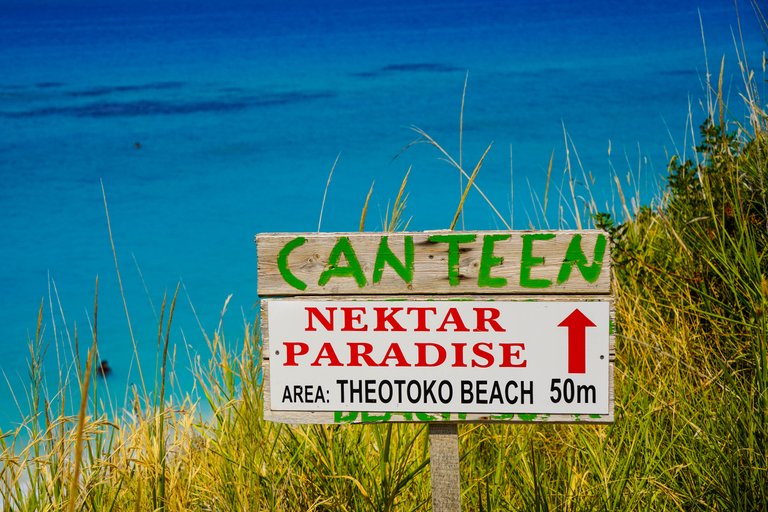 | 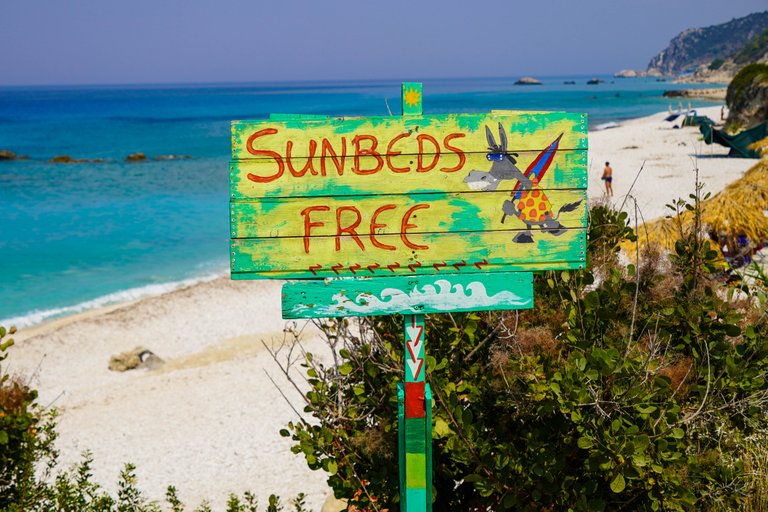 |
|---|


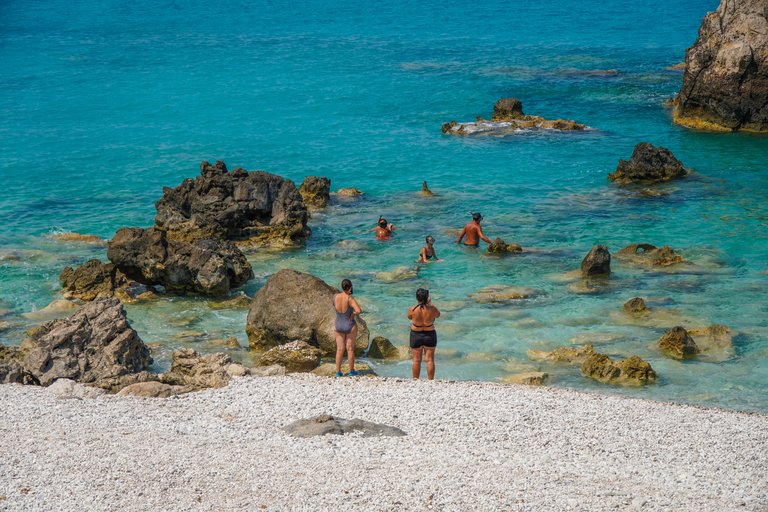
As they say, “less is more," the beach has one of the best bars/restaurants on the island. They offer a variety of light lunch options, freshly cooked and simply delicious. They do have a great beetroot salad, souvlaki, and zucchini fries with tzatziki.
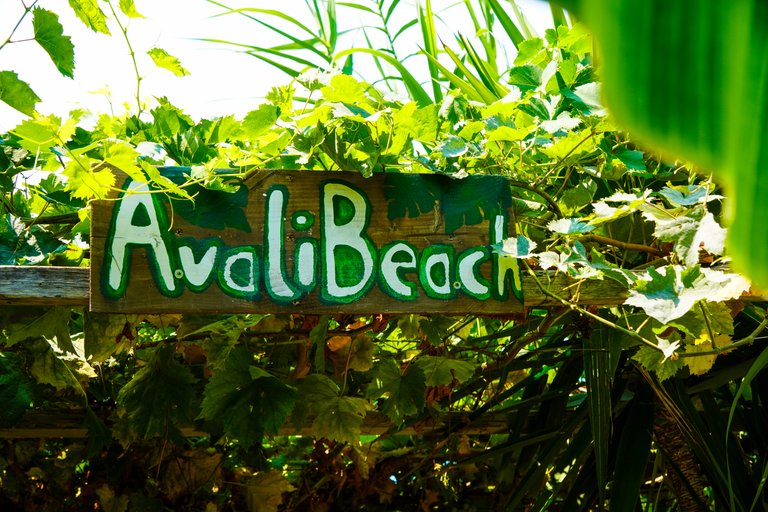
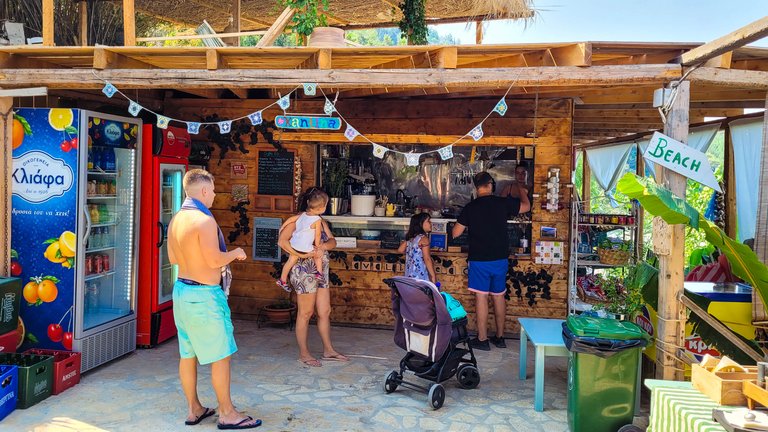
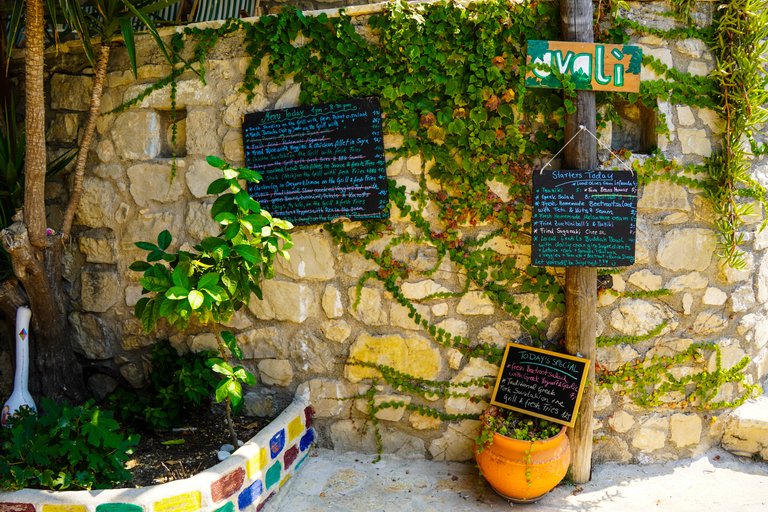
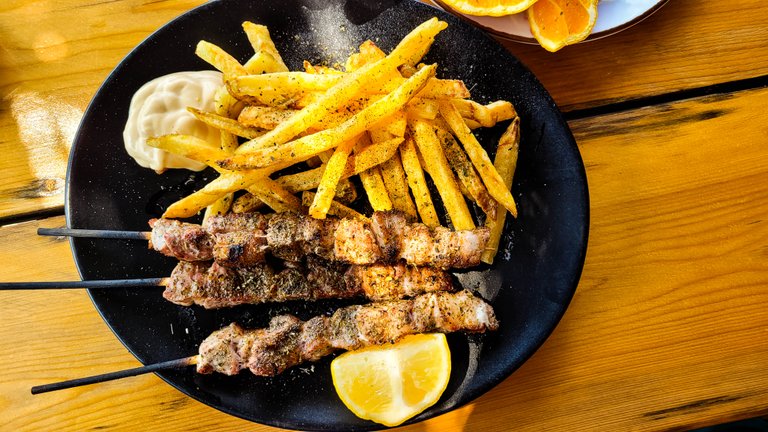
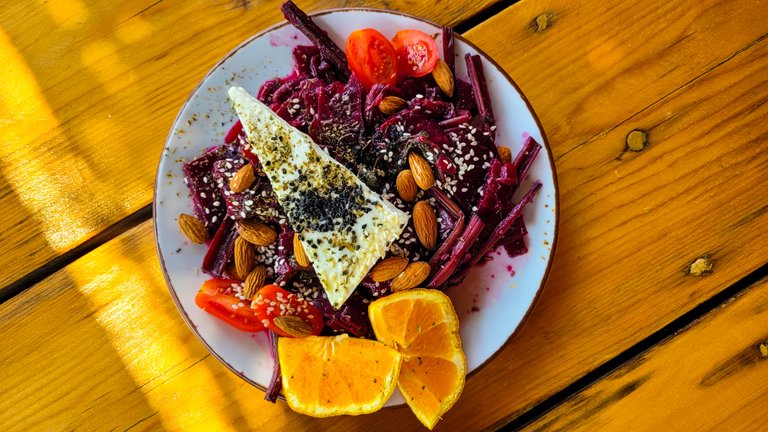

From time to time is good to take a look in the sky, since a part of the beach is the landing spot for skydivers.
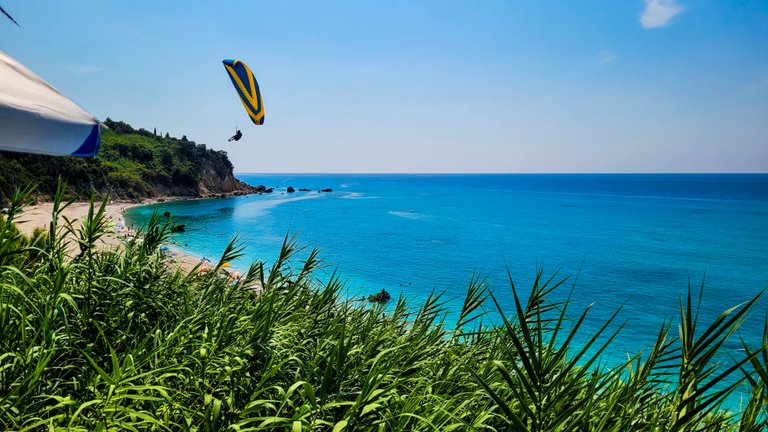 | 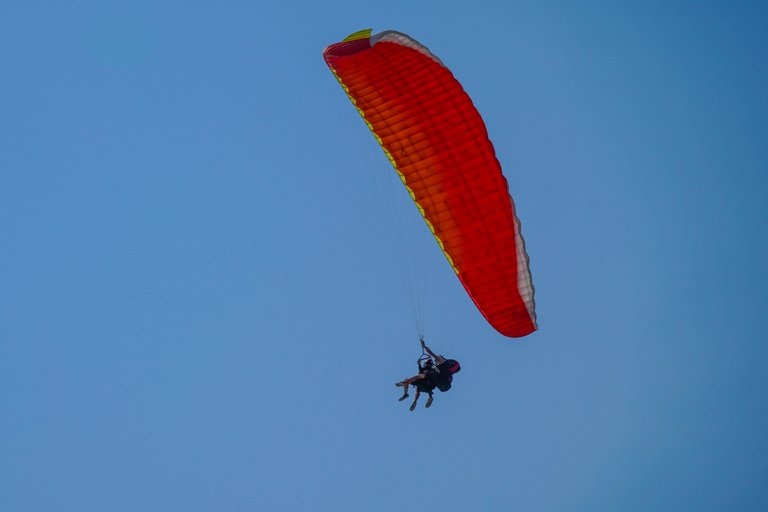 | 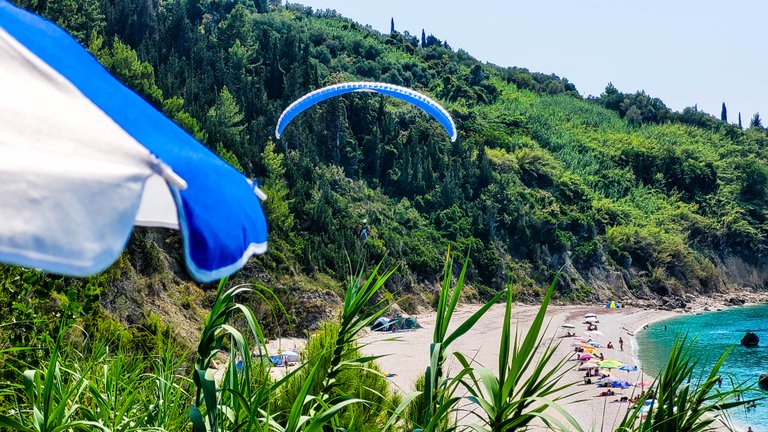 |
|---|
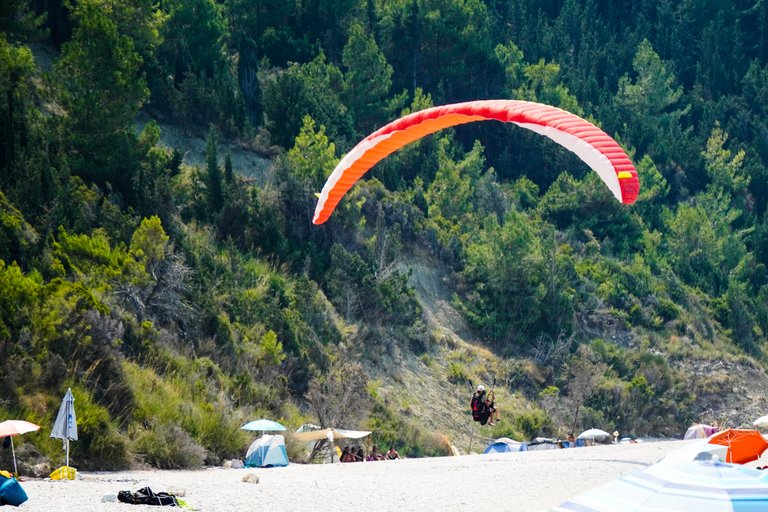
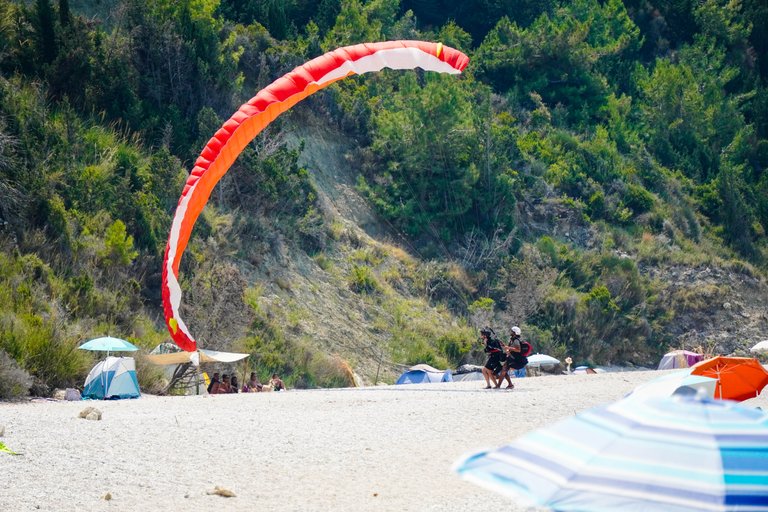
Not far from the Avali Beach, you will find Megali Petra Beach. The access to this beach is also tough, and it is already more crowded since it is known for the large rocks by the sea. The beach features an area with sun beds and umbrellas, a beach bar, and pay-to-use parking. We spent only a few hours there, since the beach looks smaller (due to the rocks), and the feeling is that it is quite crowded, but definitely worth a stop there.
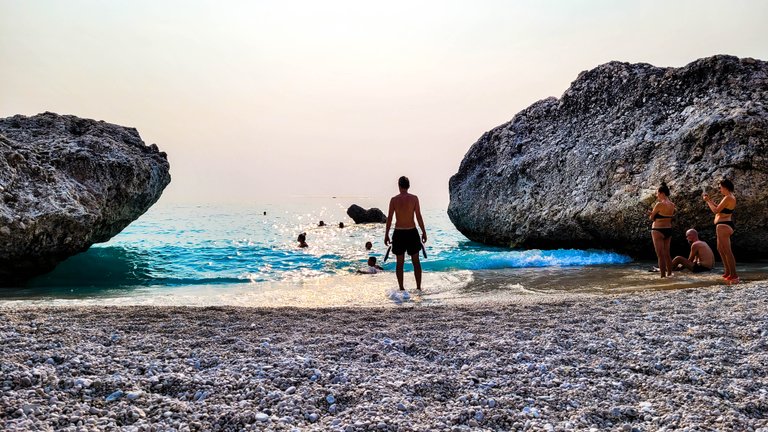
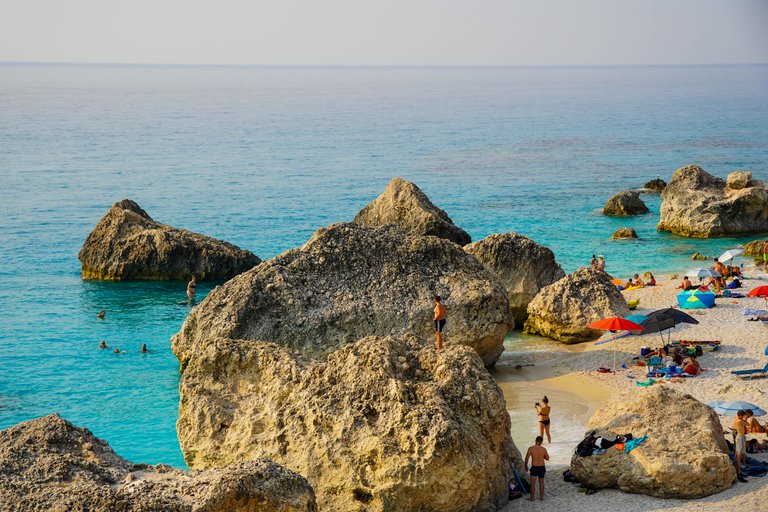

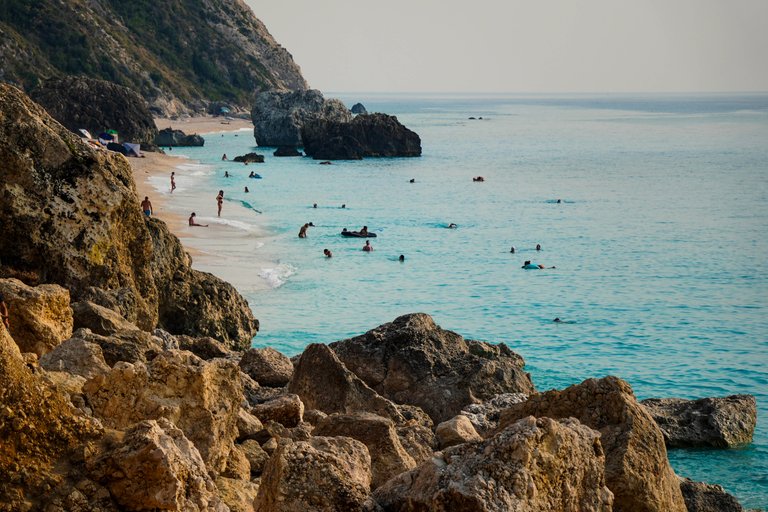
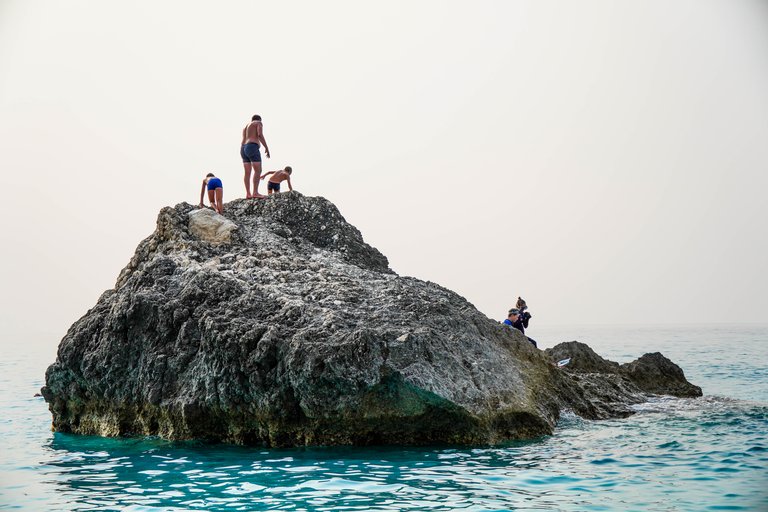
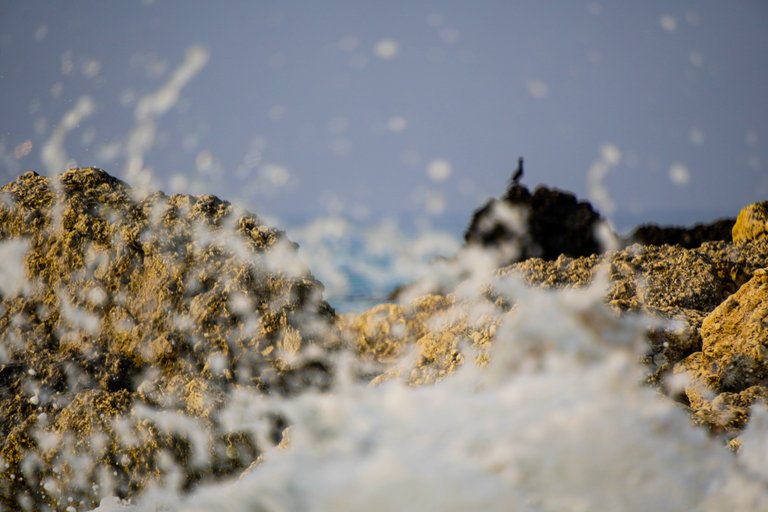
Our hotel was located in the picturesque town of Agios Nikitas. Already during our first visit to the island (when we were staying on the eastern part in the town of Nidri), we decided that if we return back to the island, we will be staying at Agios Nikitas.
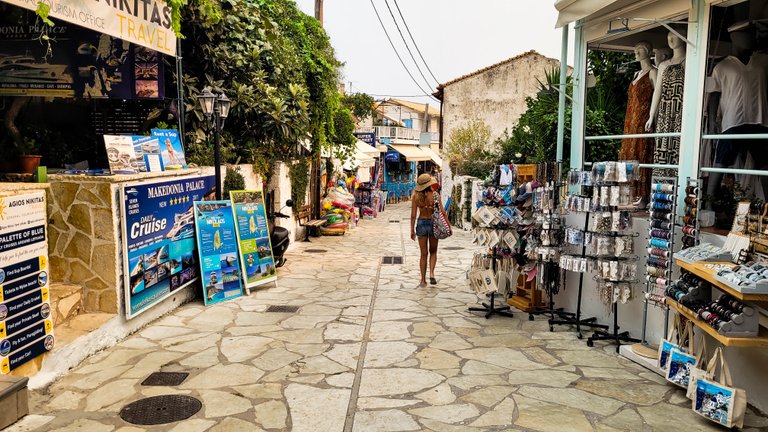
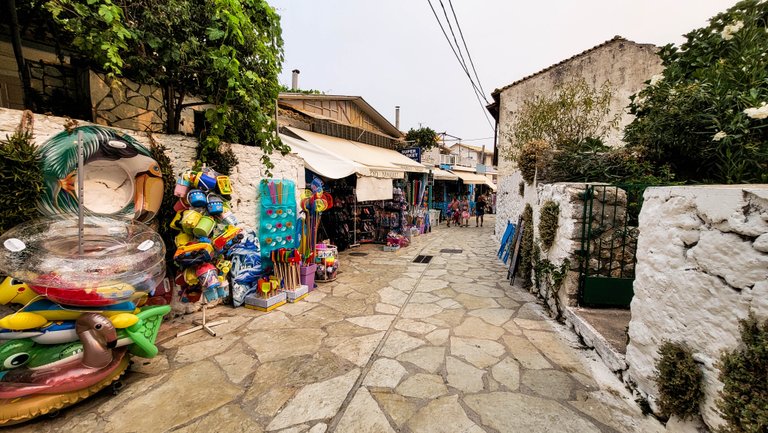
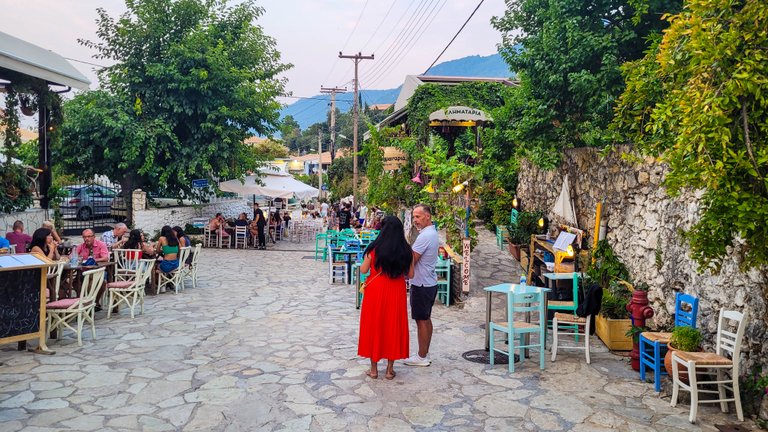
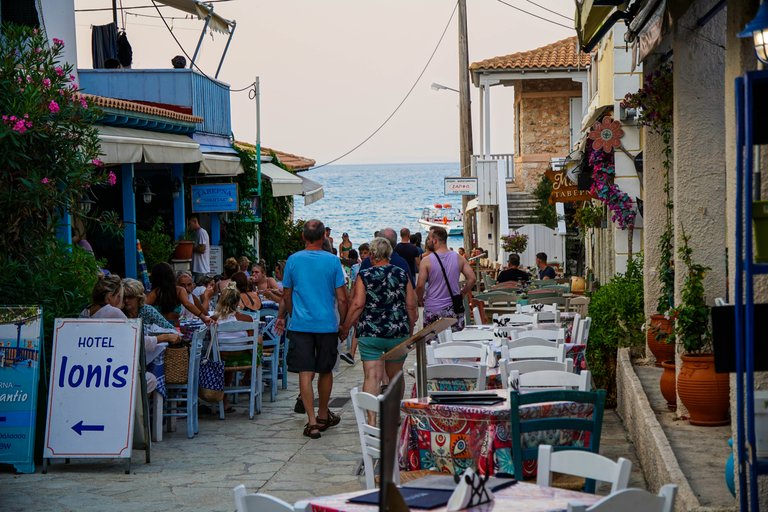
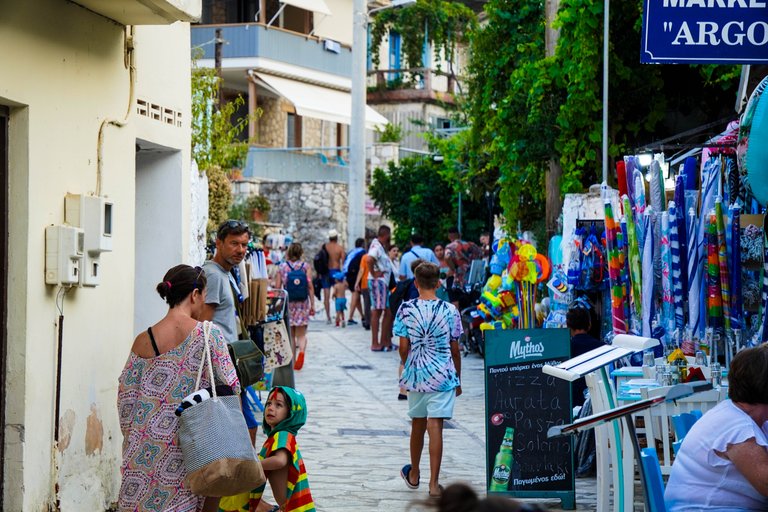
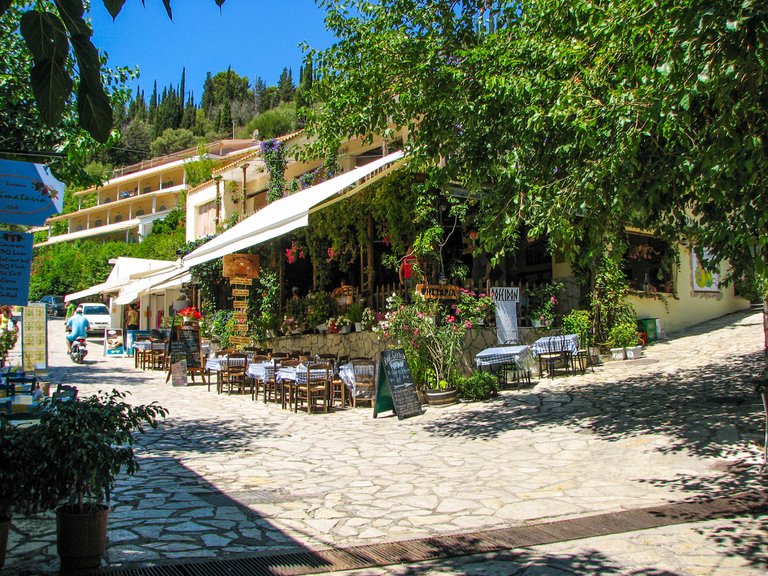
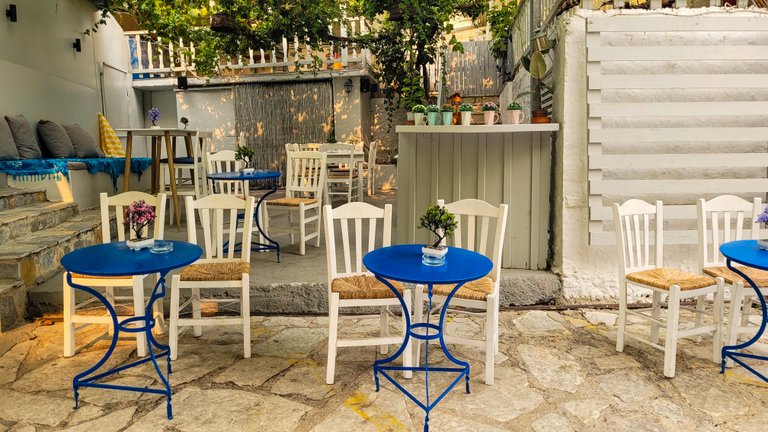 | 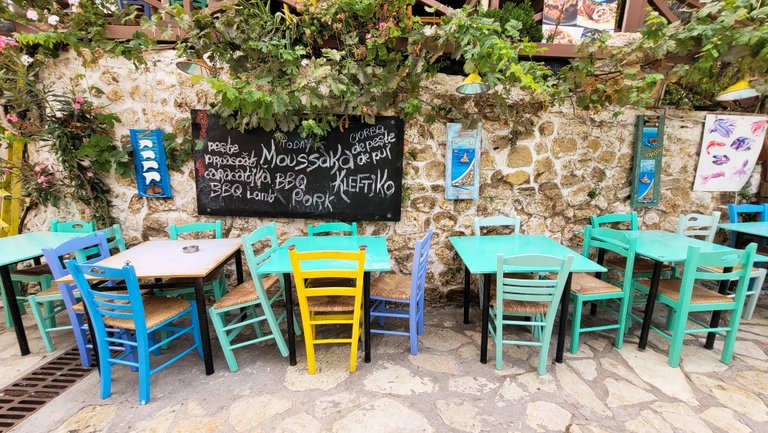 |
|---|
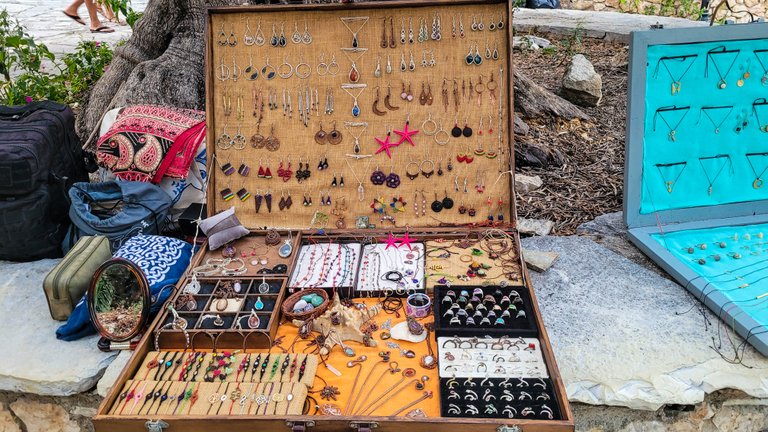 |  |
|---|
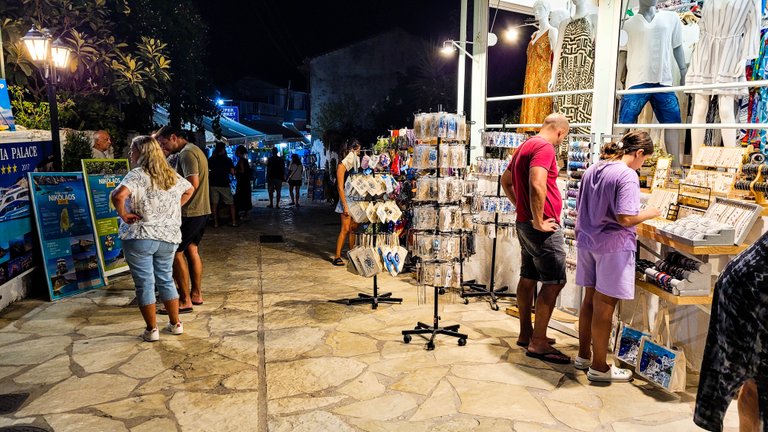 | 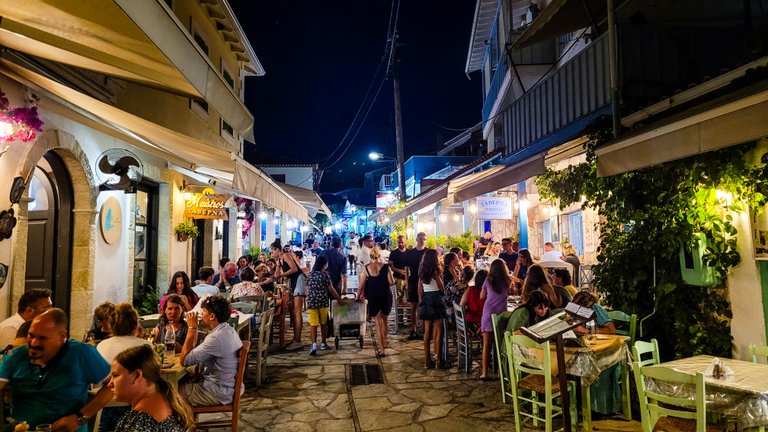 |
|---|
This is a small fishing town with numerous charming tavernas, beach bars and a nice small pebble beach.
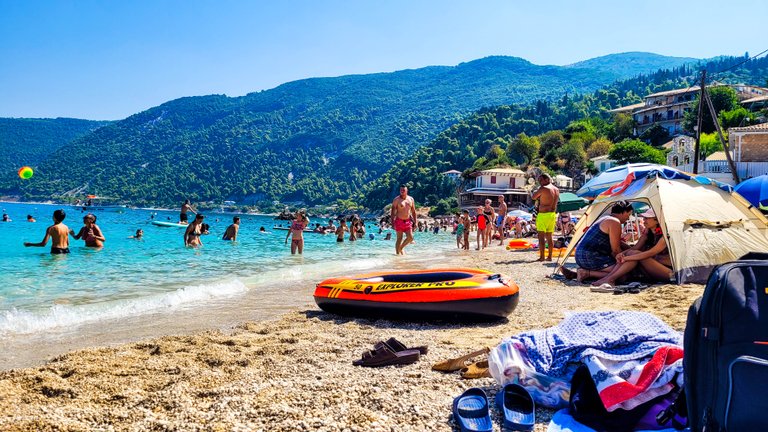

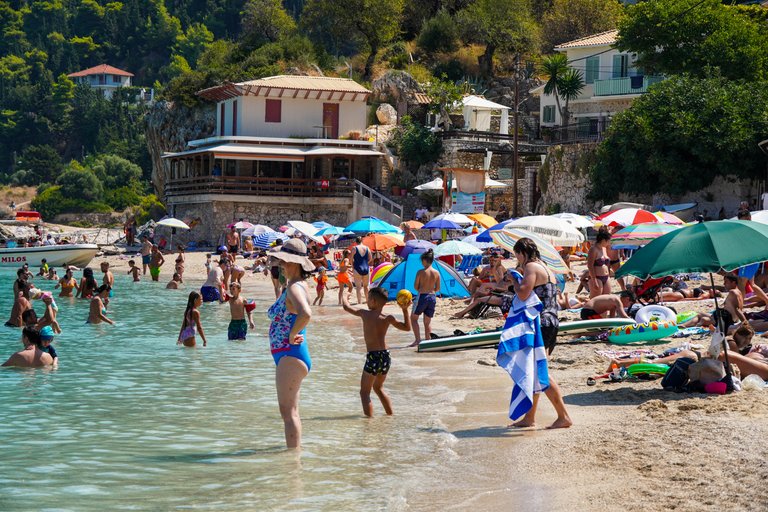
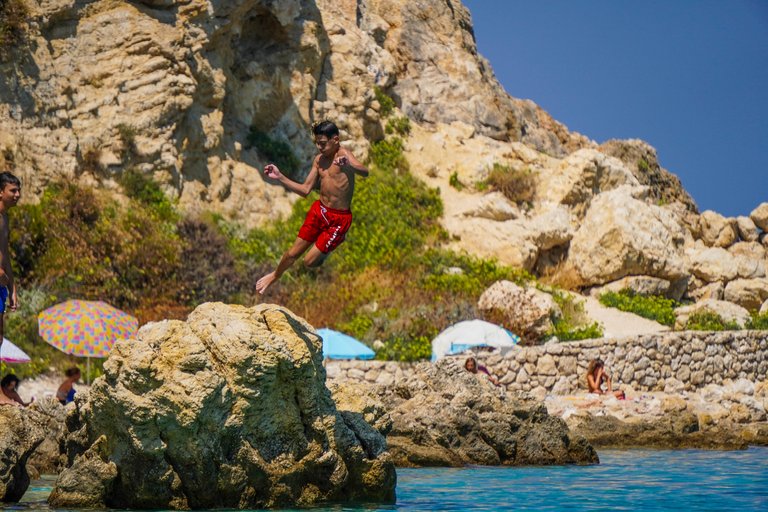 | 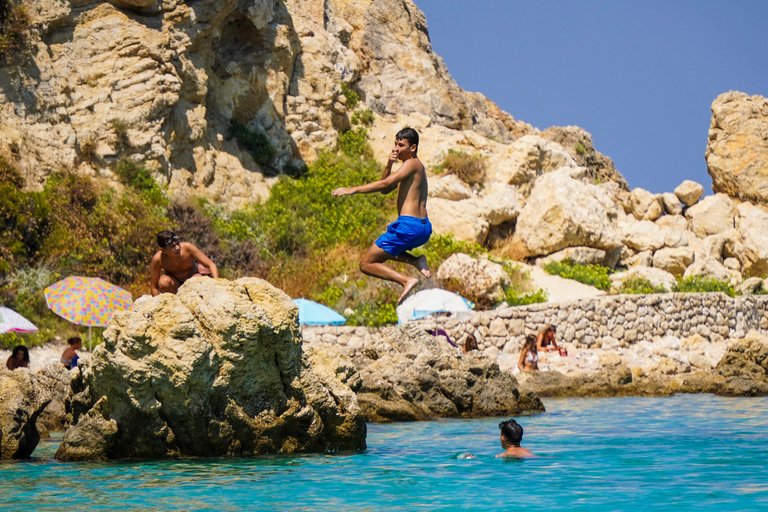 |
|---|
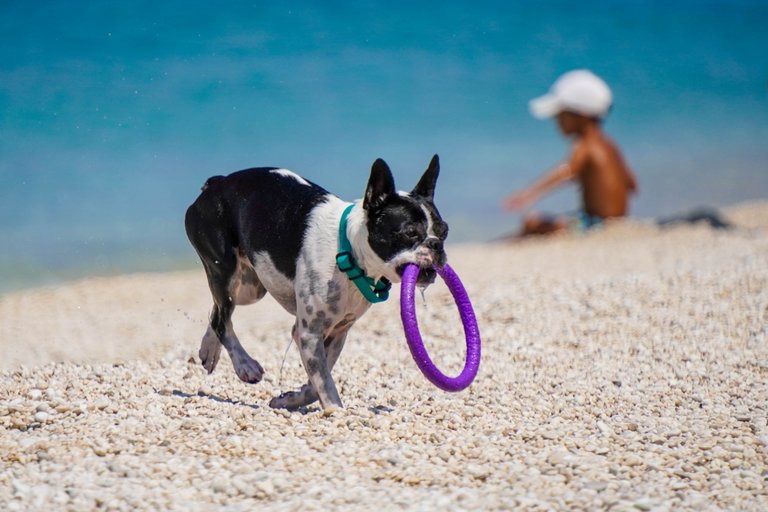
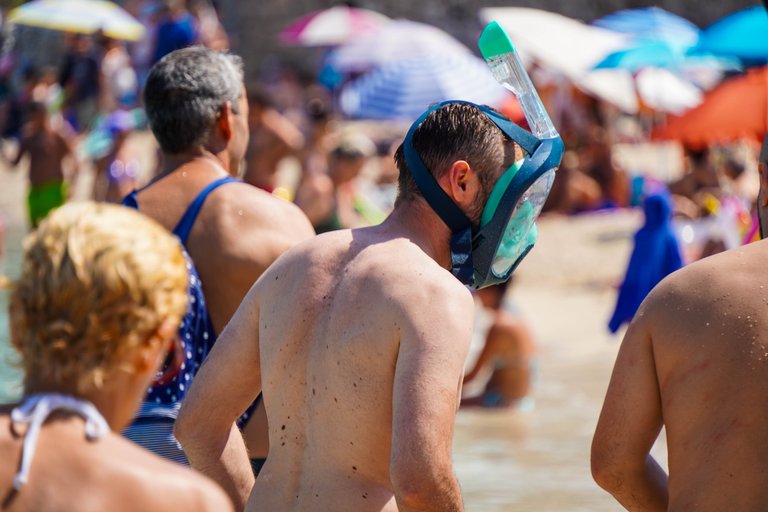
We loved to spend the early morning at a bar having coffee and watching the sea, but also tried many of the delicious foods at local tavernas in the evening: gyros, moussaka, souvlaki, Greek salad, lamb, and more.
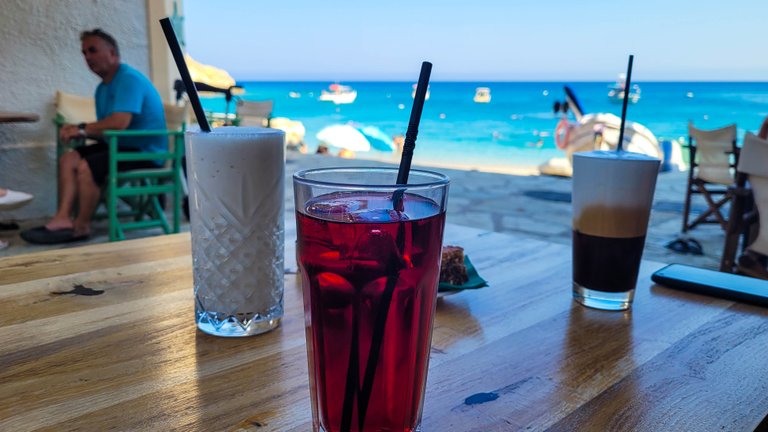
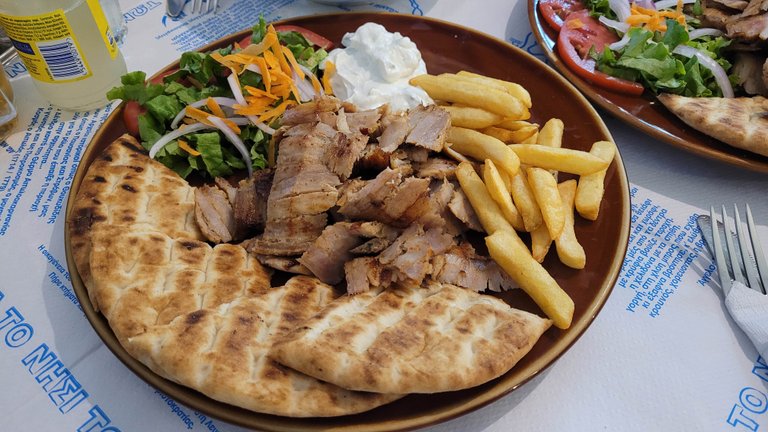
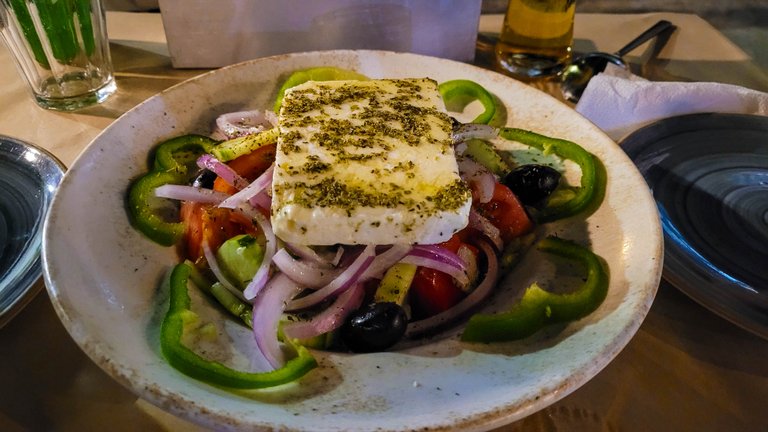
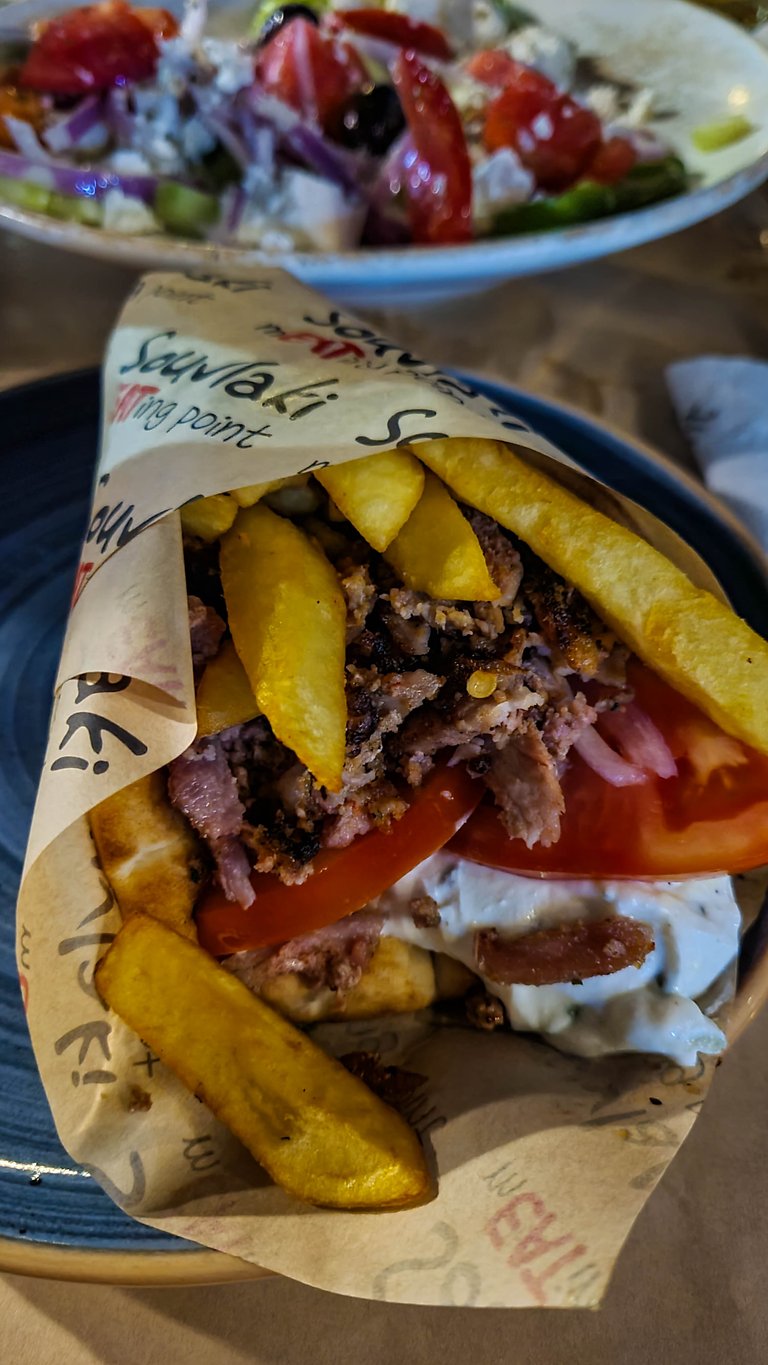
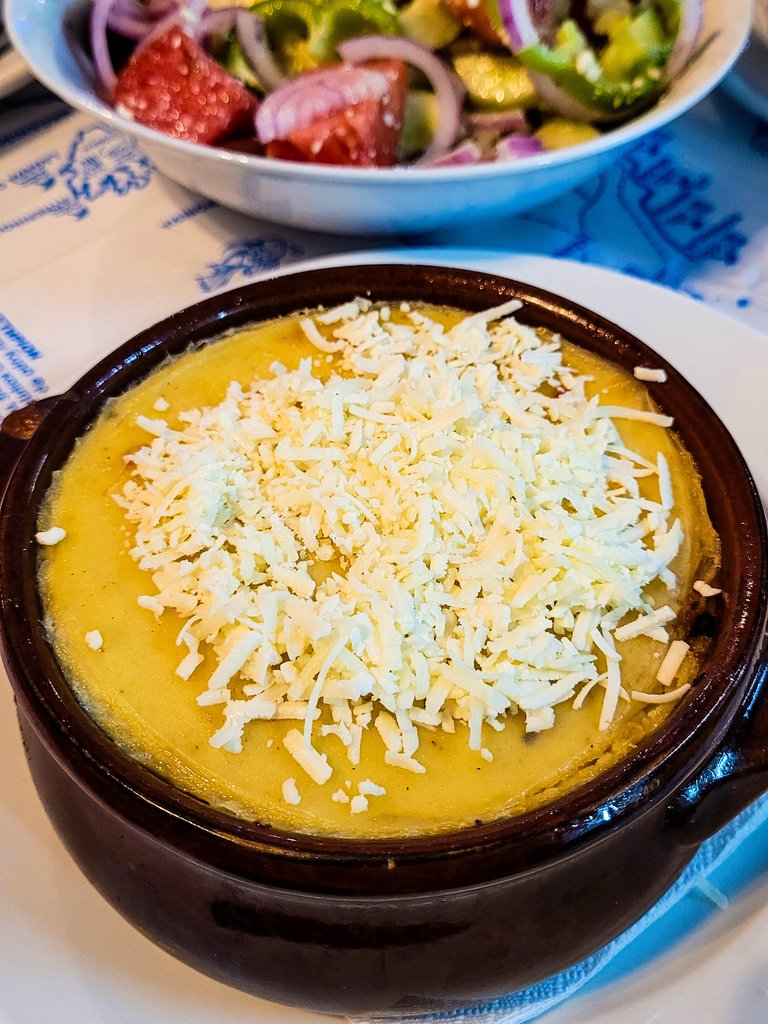
One of the advantages of staying at Agios Nikitas is the vicinity of Milos Beach. Another beautiful beach that can be reached by a modest walk from the town (not very nice in the hot summer days) or by taking a small boat transfer.
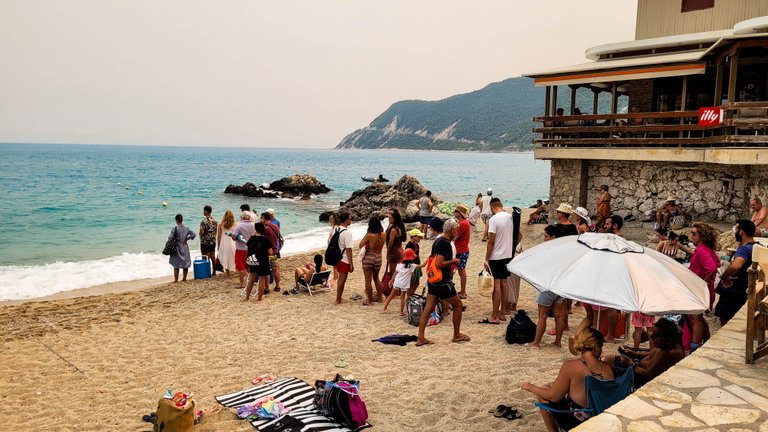
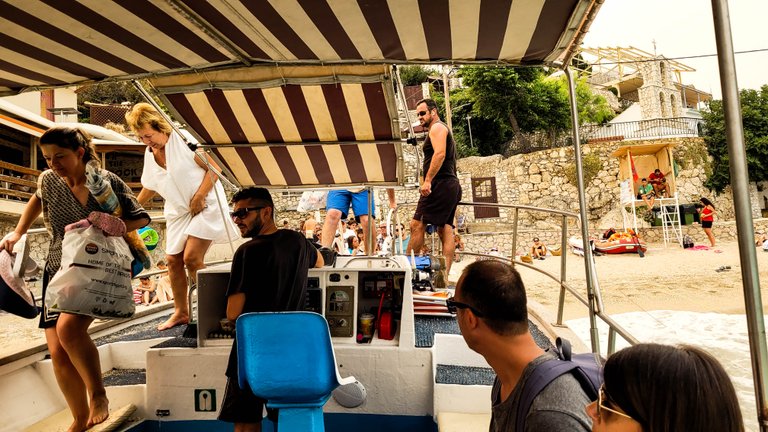
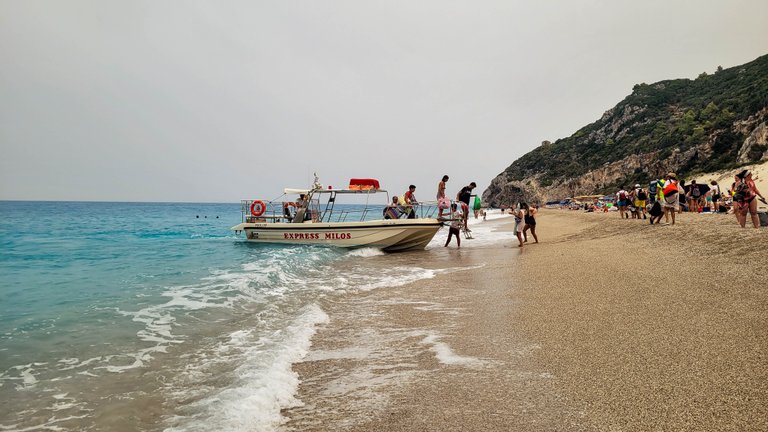
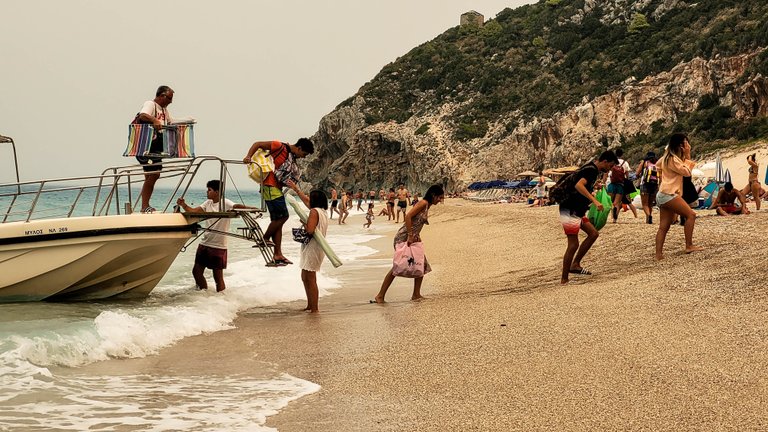
It is a pleasant and short drive (the waiting time occasionally can be a bit longer, but in general it is a very quick and convenient option).
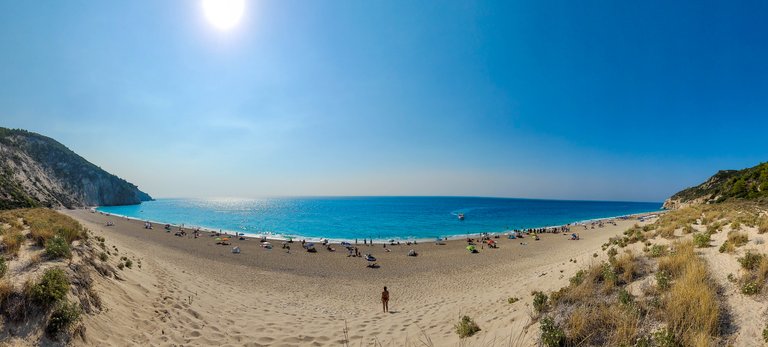
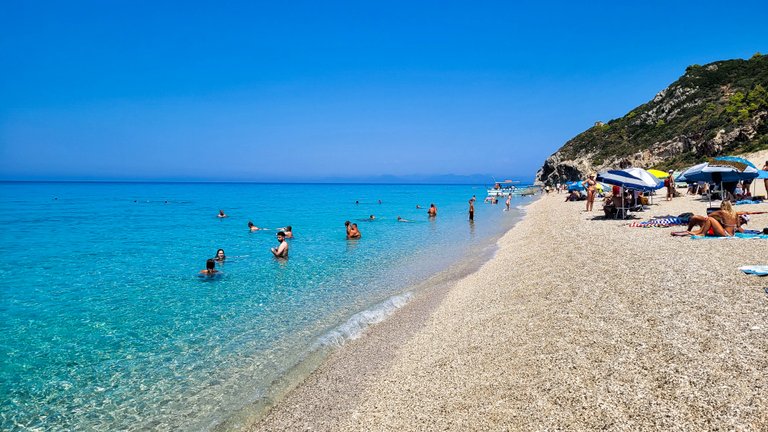

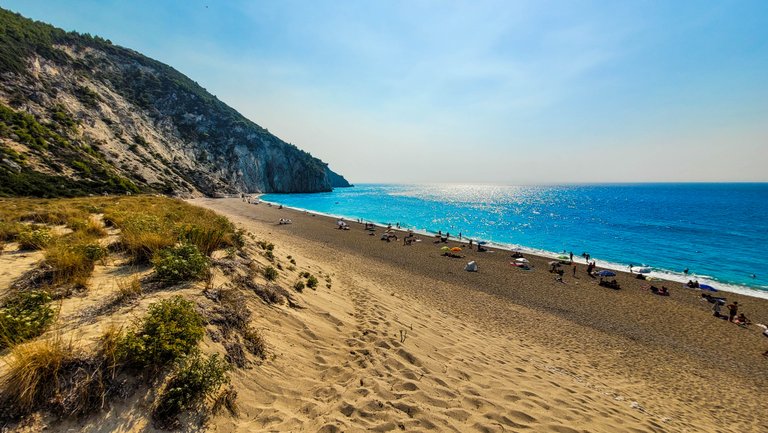
 |  |
|---|
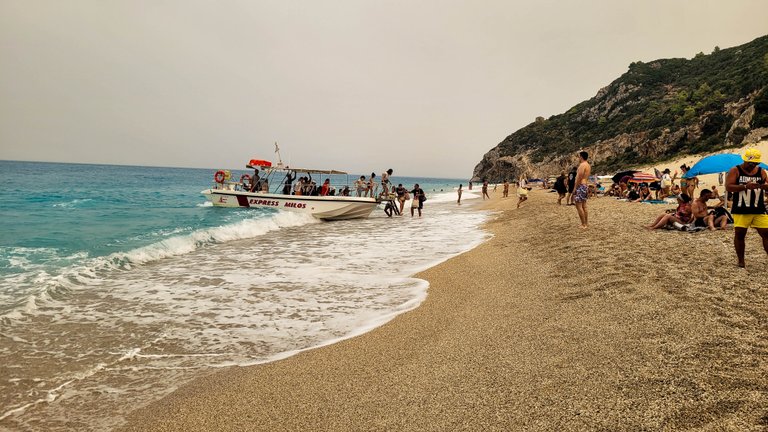
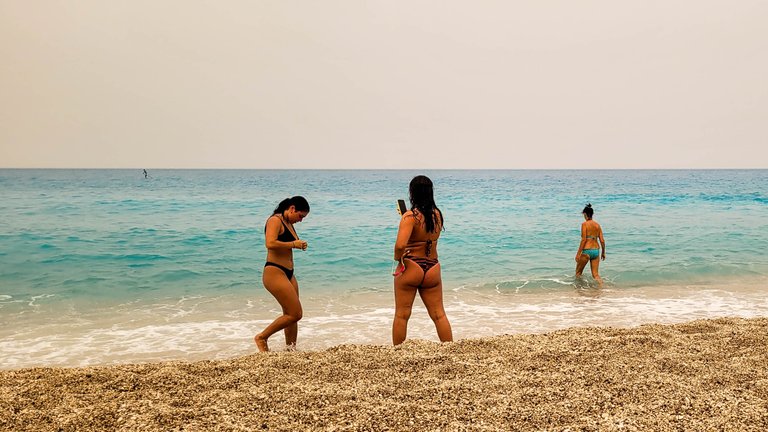
The long Milos beach in windy days offers quite big waves, which was a lot of fun for our son.
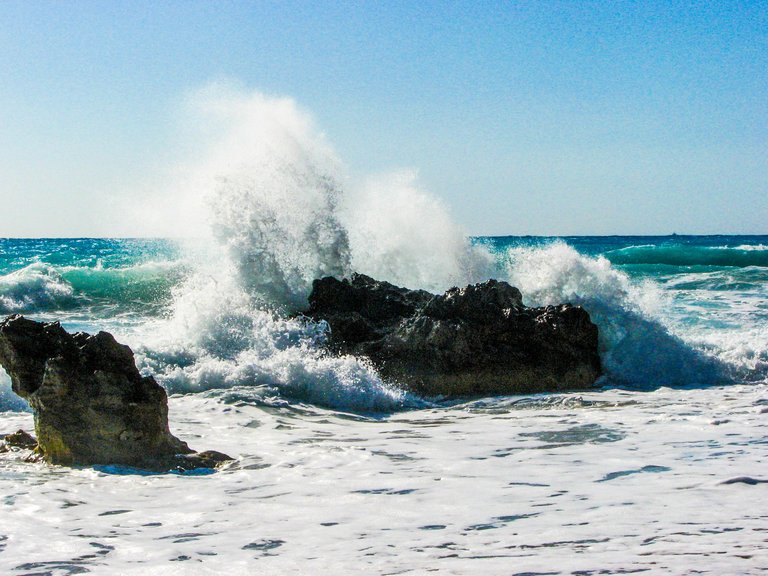
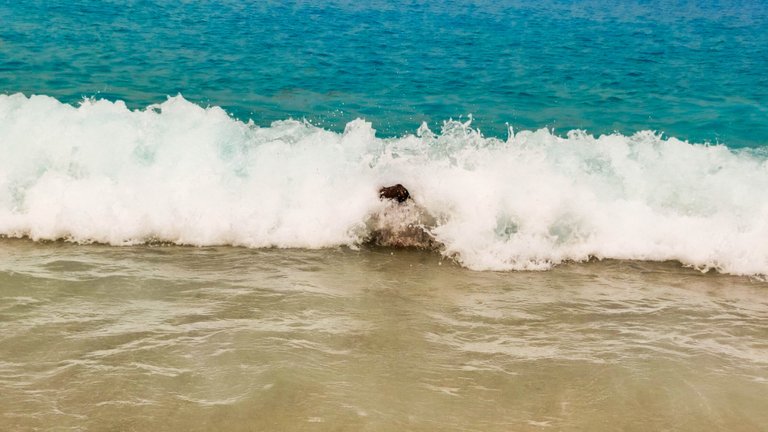
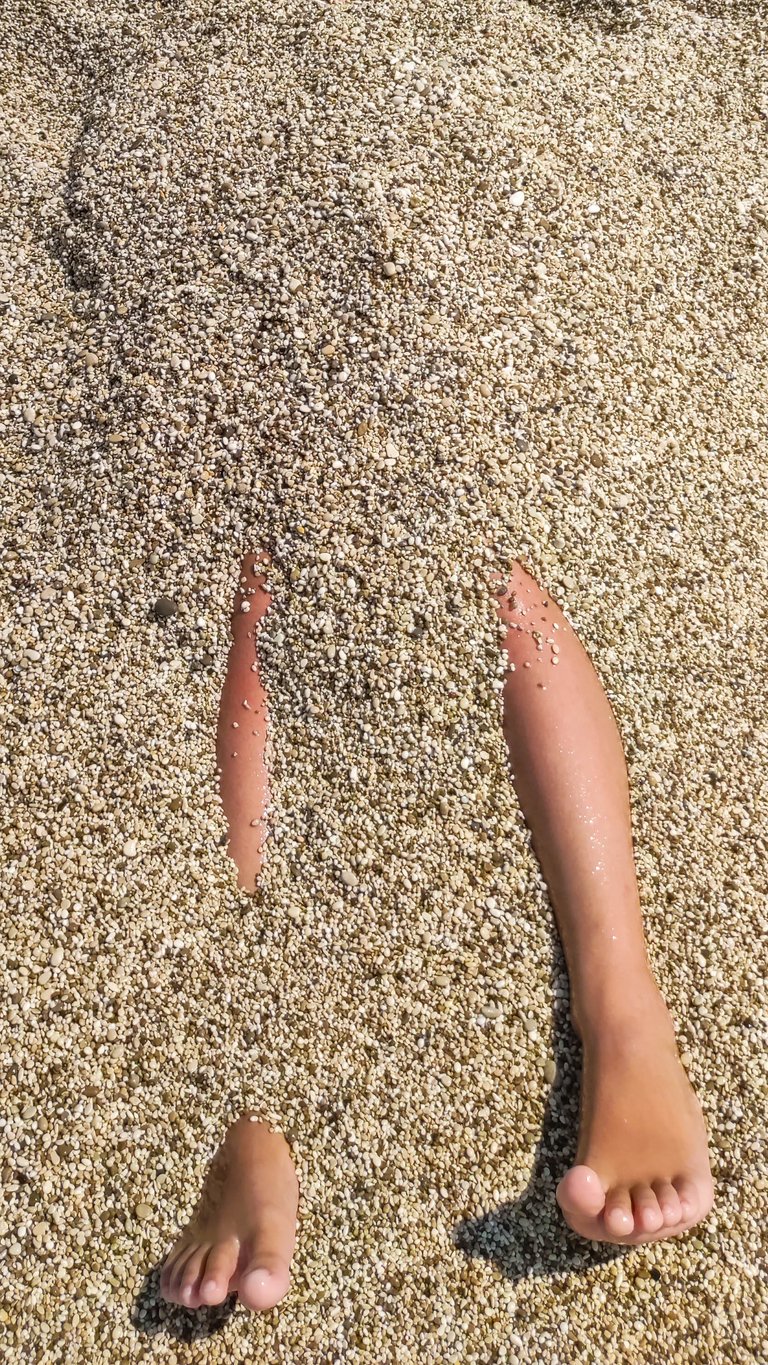
After exciting days of driving and testing my driving experience, days full of sun and sea, some evenings were dedicated to relaxing and enjoying a cold Mythos beer or a glass of Uzo.
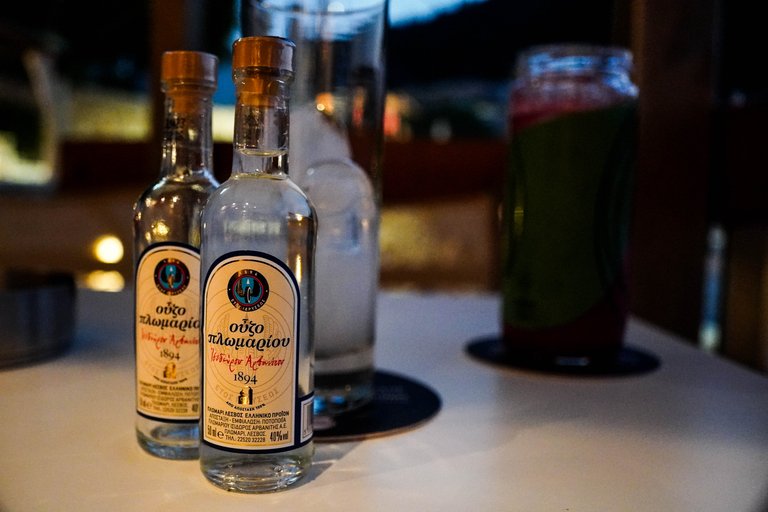
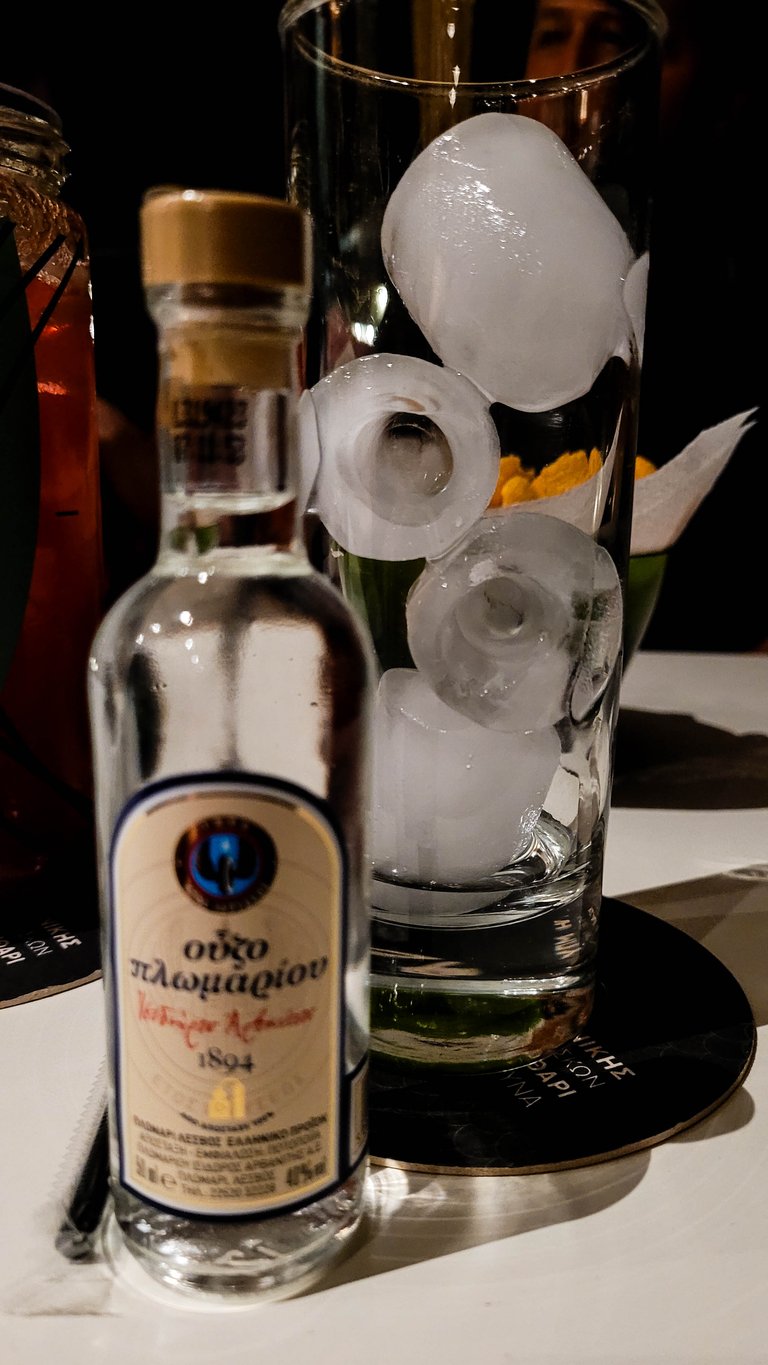 | 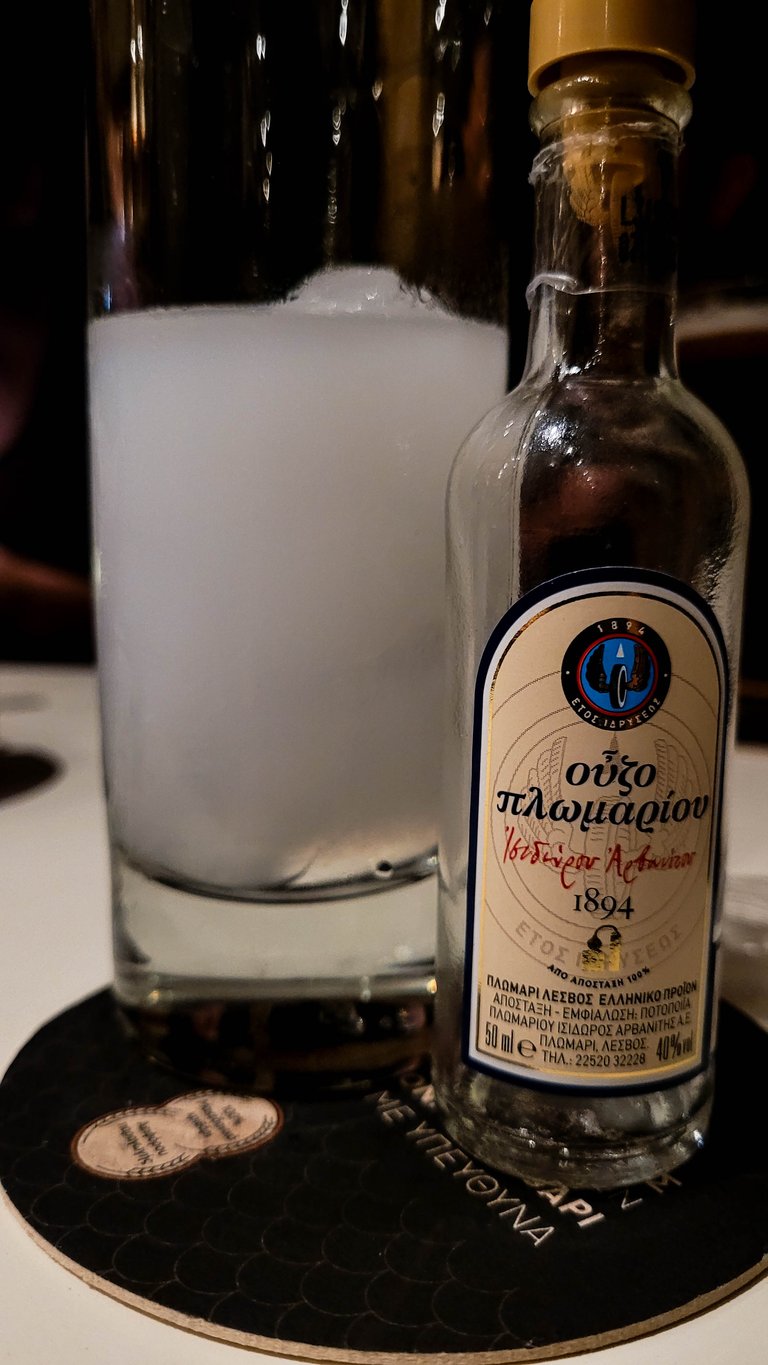 |
|---|
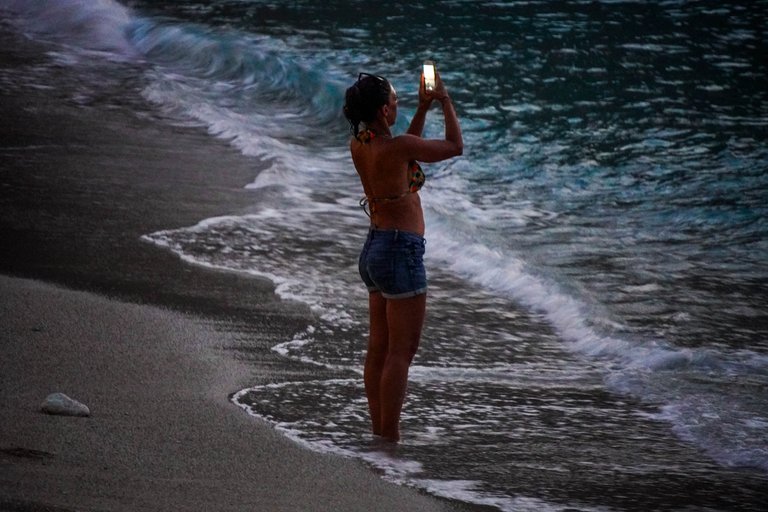
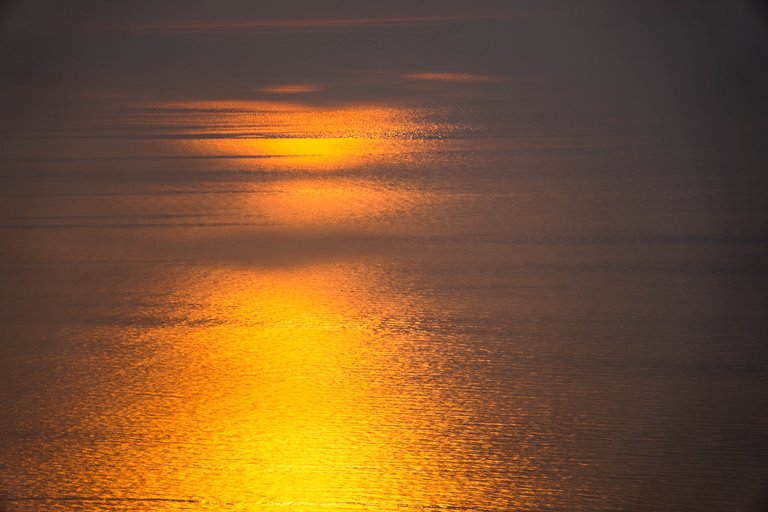
A holiday in Lefkas was much more than above, and in my next post I will tell you more about the inner part of the island and the famous beach Porto Katsiki.
Thanks for reading,
feel free to leave a comment, I will be glad to reply to.
Best regards, @miljo76







